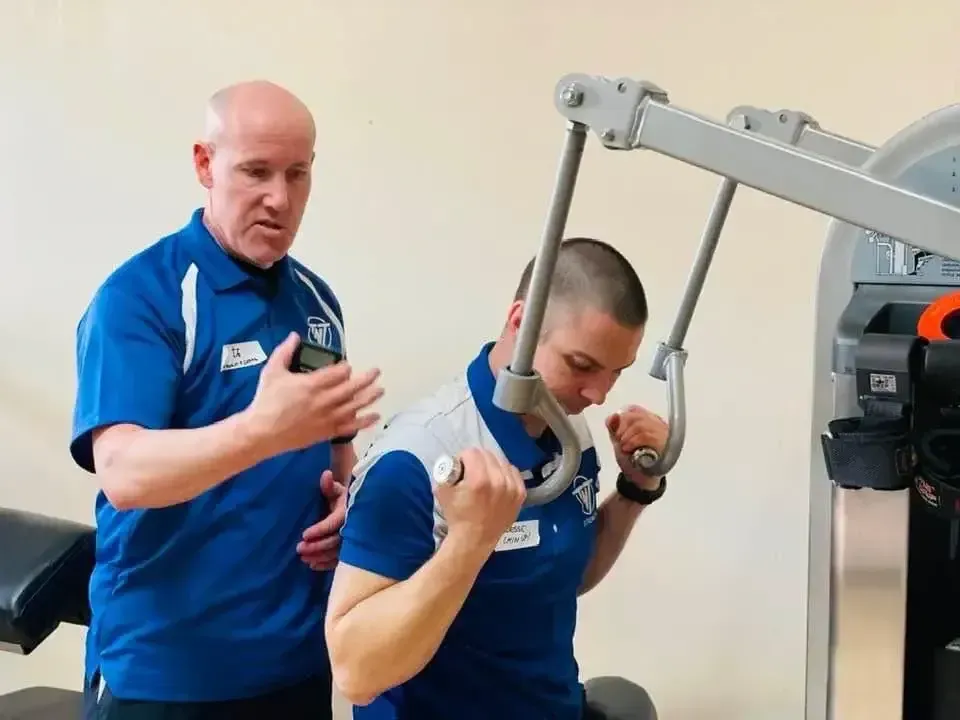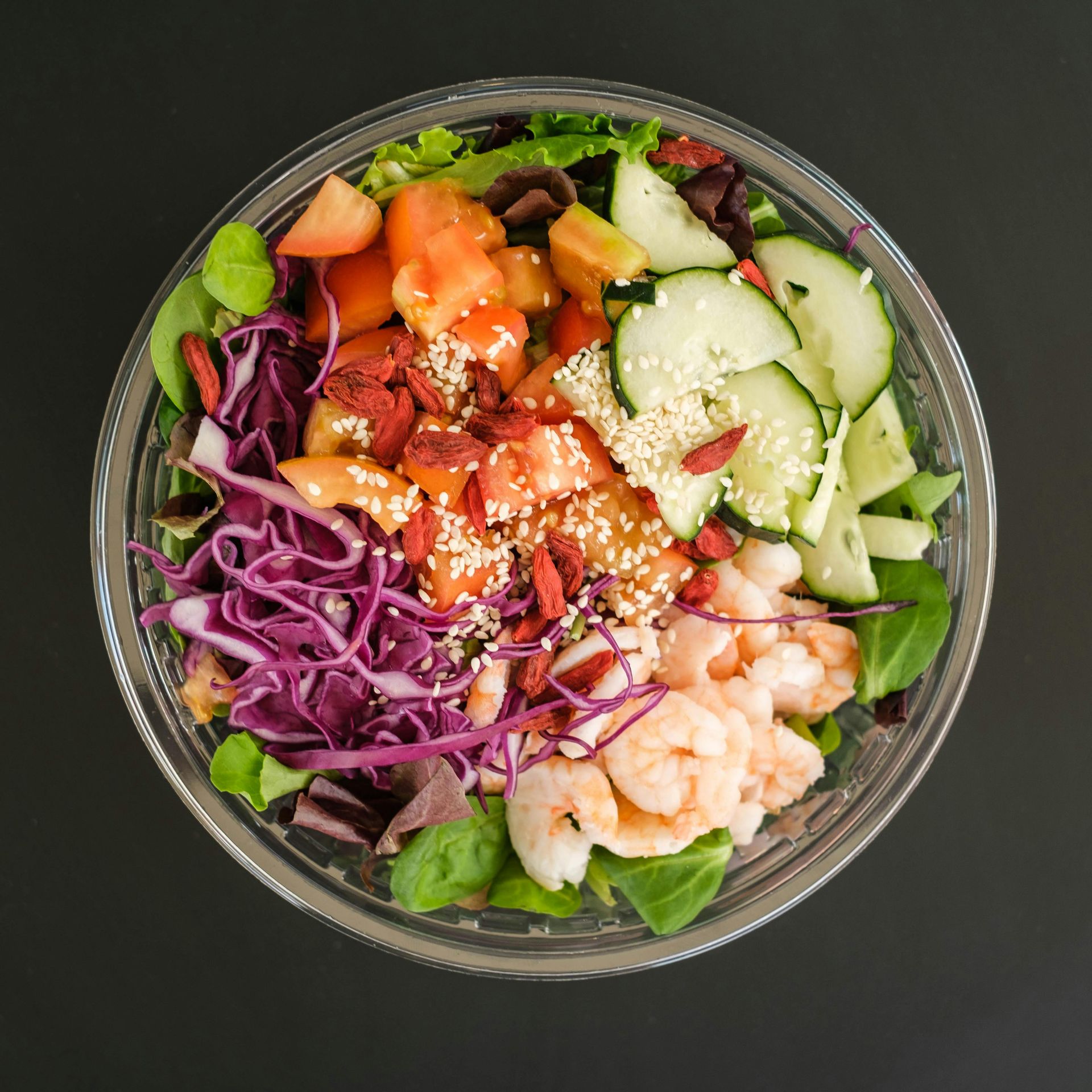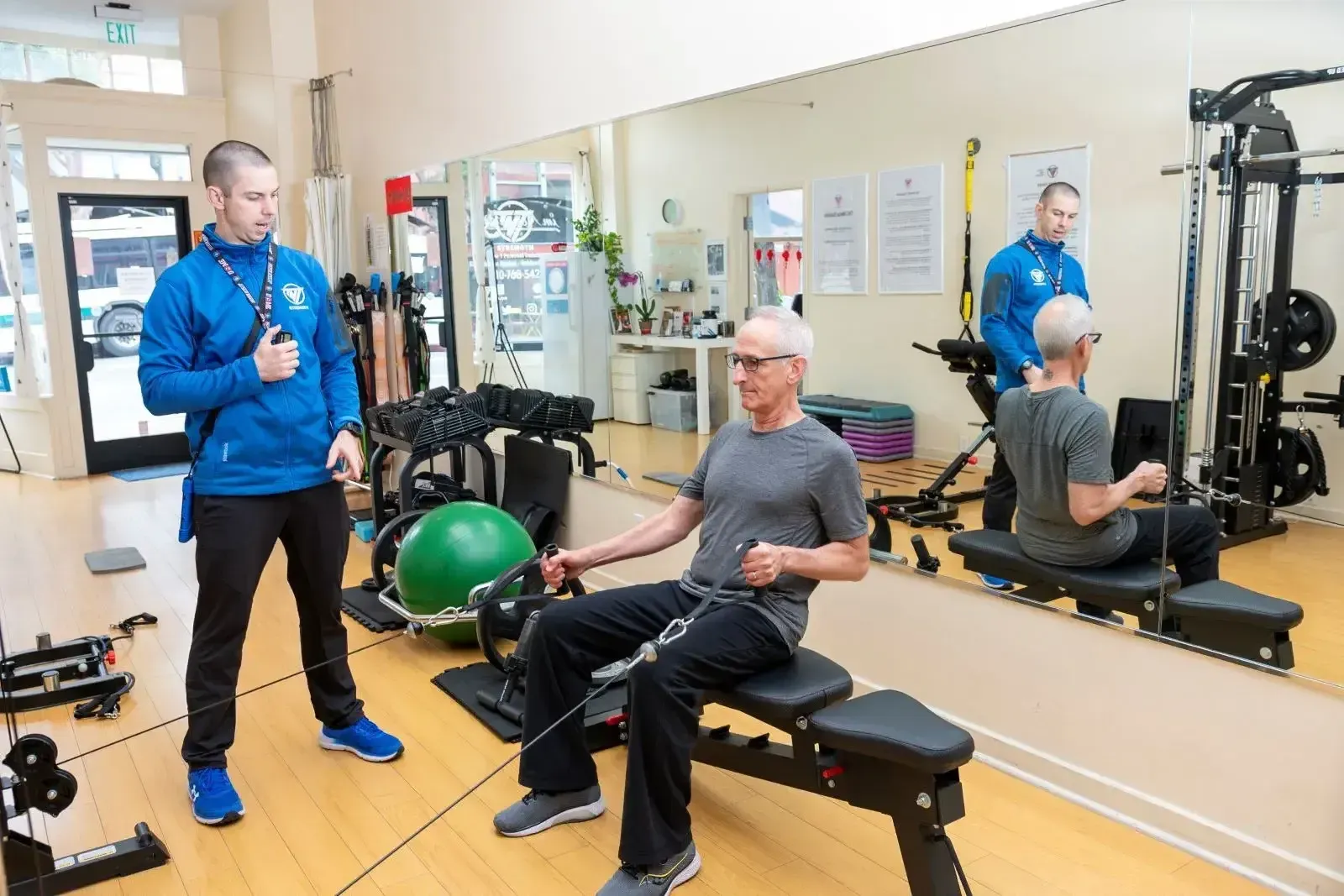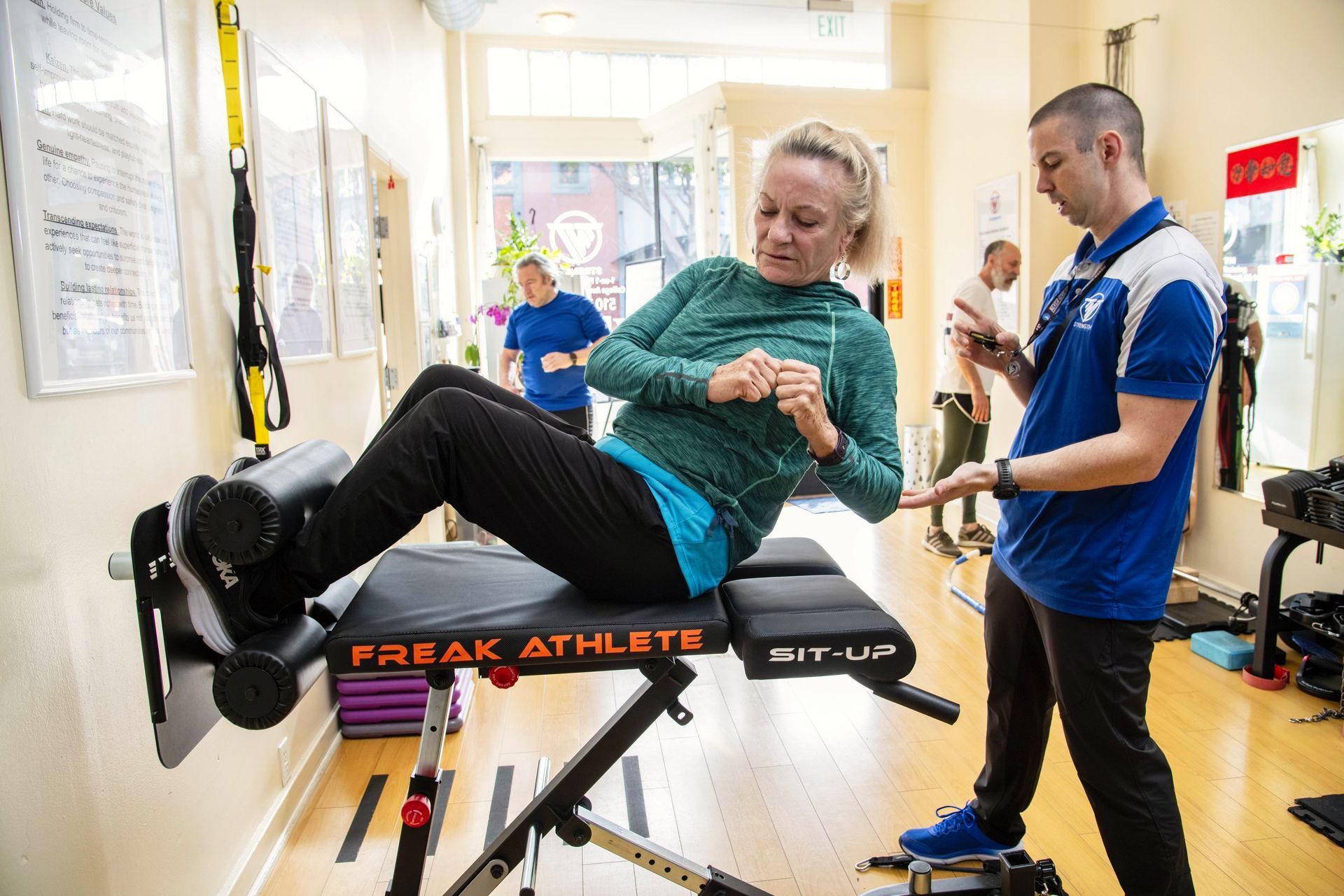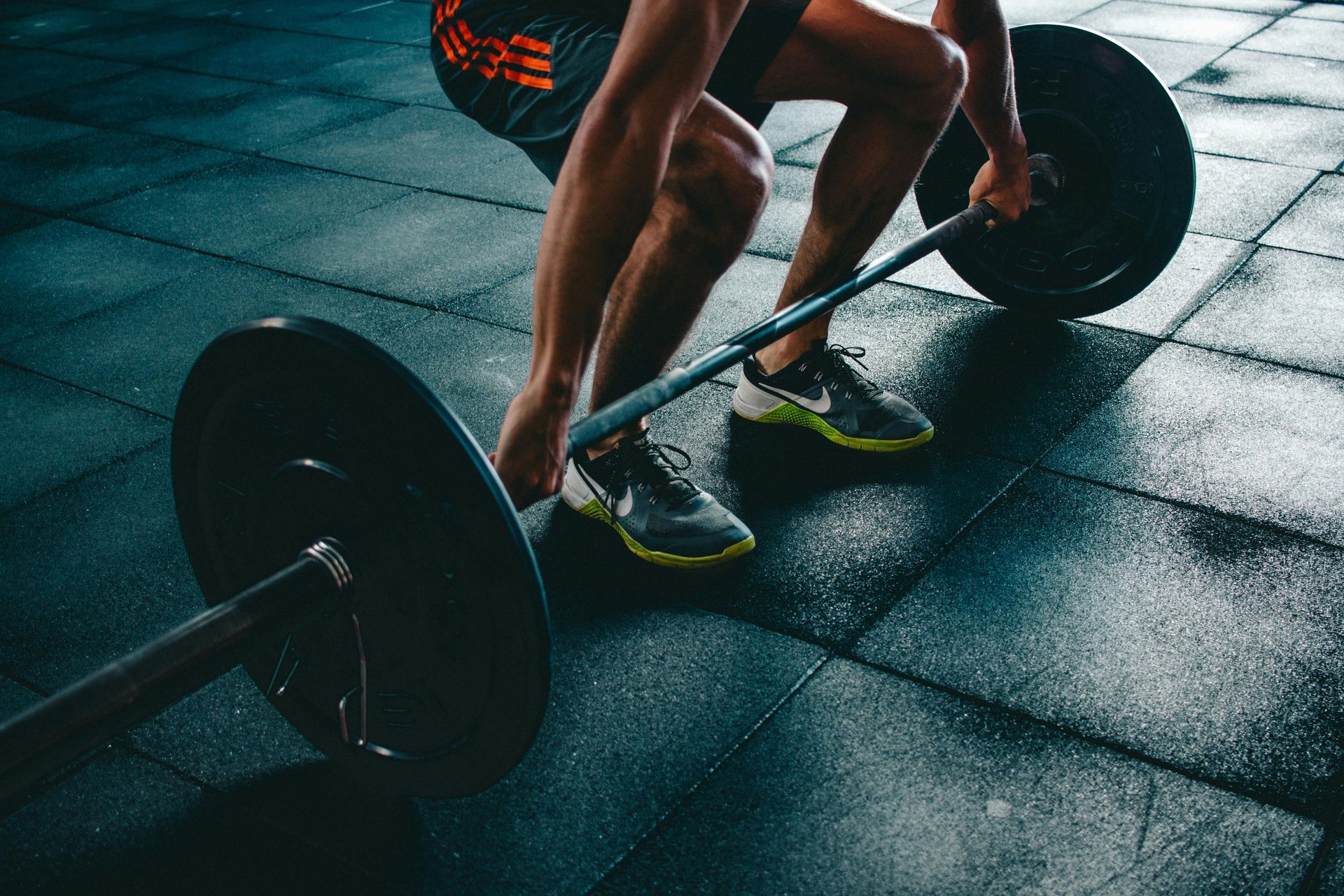Ten Things we know about STRENGTH TRAINING
This week’s podcast features an age old debate: MACHINES VS FREE WEIGHTS . Check below for 10 things we know after years and years of experience...
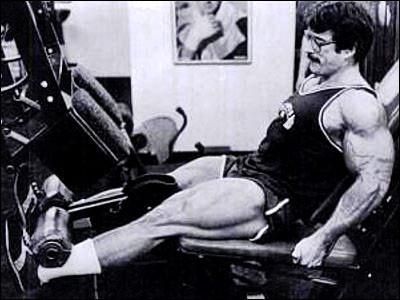
1. For muscle to grow and become stronger, it must be exposed to an overload stress. INTENSITY of effort is the key.

2. Muscle will adapt to the stress if given enough time to recover. Adequate RECOVERY time between workouts is the key.
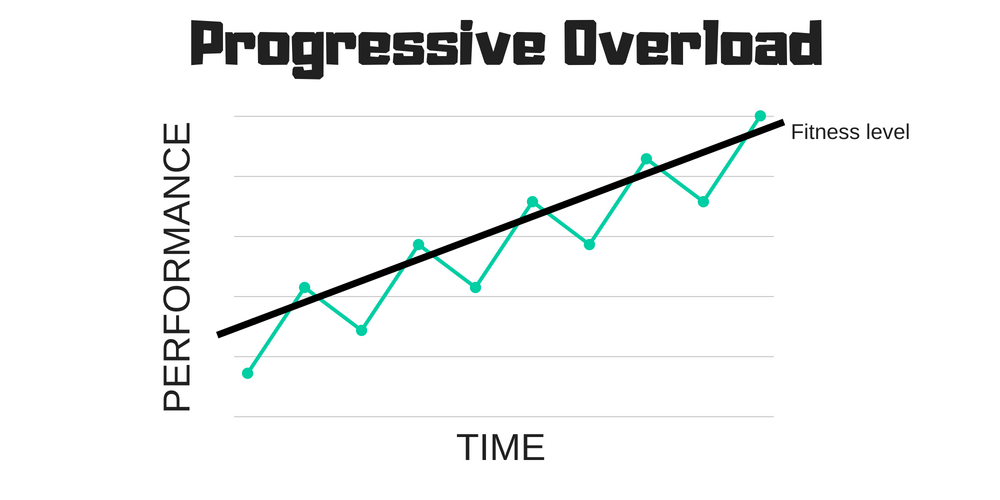
3. For further adaptation (improvement), greater overload stresses must be applied. PROGRESSION of overload is the key.
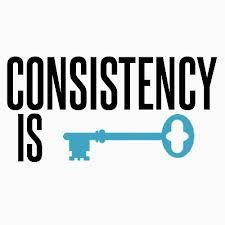
4. To improve further, or maintain current ability, the overload stress must occur regularly. CONSISTENCY in training is the key.
5. Creating high tension in the muscle fibers and working to momentary muscular failure involves the greatest amount of relative muscle tissue. Effort (working to fatigue) and using good form (controlled movement with no bouncing or jerking) are important here. If in doubt, slow it down and aim for maximum repetitions (safely).
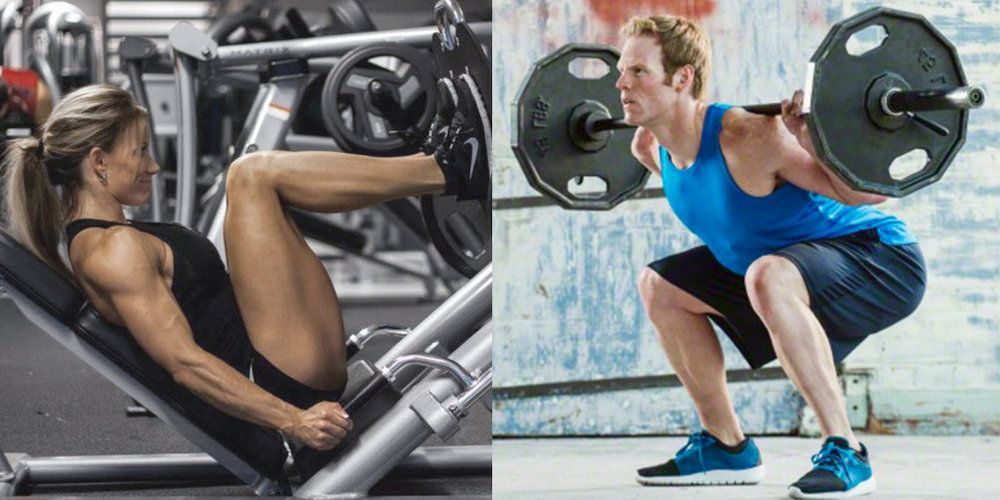
6.
Muscle overload can be applied with a variety of tools:
barbells, dumbbells, machines,
manually applied resistance,
body weight, sand bags, etc. Anything that can create high tension in the muscles can be used.
7.
A variety of exercise prescriptions can be used
provided muscle overload occurs, such as heavy resistances / few repetitions, lighter resistances / more repetitions, minimal exercise bouts (i.e., 1 to 3 sets per muscle group) and / or varied rest time between sets and exercises (i.e., 30 seconds to 3:00+).
8. No matter the speed of movement used, muscle fibers are recruited in a fixed order: slow twitch / type 1 --> intermediate / type 2 --> fast twitch / type 2A --> fast twitch / type 2B & 2C. Generally speaking, if the demand is low, the slow/type 1 fibers are called upon. As the demand for EFFORT increases, the higher threshold, fast / type 2 fibers are called upon.
9. There is no skill transfer from a weight room exercise to a totally different athletic skill done in competition. The principle of specificity clearly states that for a positive transfer to occur, exactness in a number of factors must be present. The fact is, no weight room exercise exactly replicates any sport skill (other than the sports of weightlifting and power lifting). That is why one should practice his / her sport skills separately, then generally improve total-body weight room strength.

10. Although anyone can alter their strength, muscle size and body composition via strength training, their genetic endowment effects the magnitude of potential gains in the weight room. Those blessed with a high percentage of the slow / type 1 muscle fibers may not develop large muscles or great strength. Likewise, those who more easily get bigger and super-strong most likely possess a greater volume of the larger, more powerful type 2 fibers. Also, longer arms / legs and unfavorable muscle origins and insertions hinder great strength demonstration. Ultra-strong humans – male or female – usually have exceptional body leverages to allow for this.
TAKU’s NOTE: The Machine Vs Free Weight argument is likely to rage on for many years to come. There is a lot of great information out there , but always more research to be done. Both methods of resistance training, provide significant benefits if performed appropriately. Any difference in strength improvement is mainly associated to a difference in the intensity adopted during the training.
At T.N.T. we feel the ideal solution is to learn to use as many tools as possible. No specific modality of workout has demonstrated absolute overall superiority: free weights, elastic bands, and resistance machines should be considered complementary methods of training, since each of them have specific benefits.
Experience the TNT Strength difference with a free workout.
START YOUR FITNESS TRANSFORMATION WITH A
FREE WORKOUT
Complete the form and we'll set up an appointment for you.

